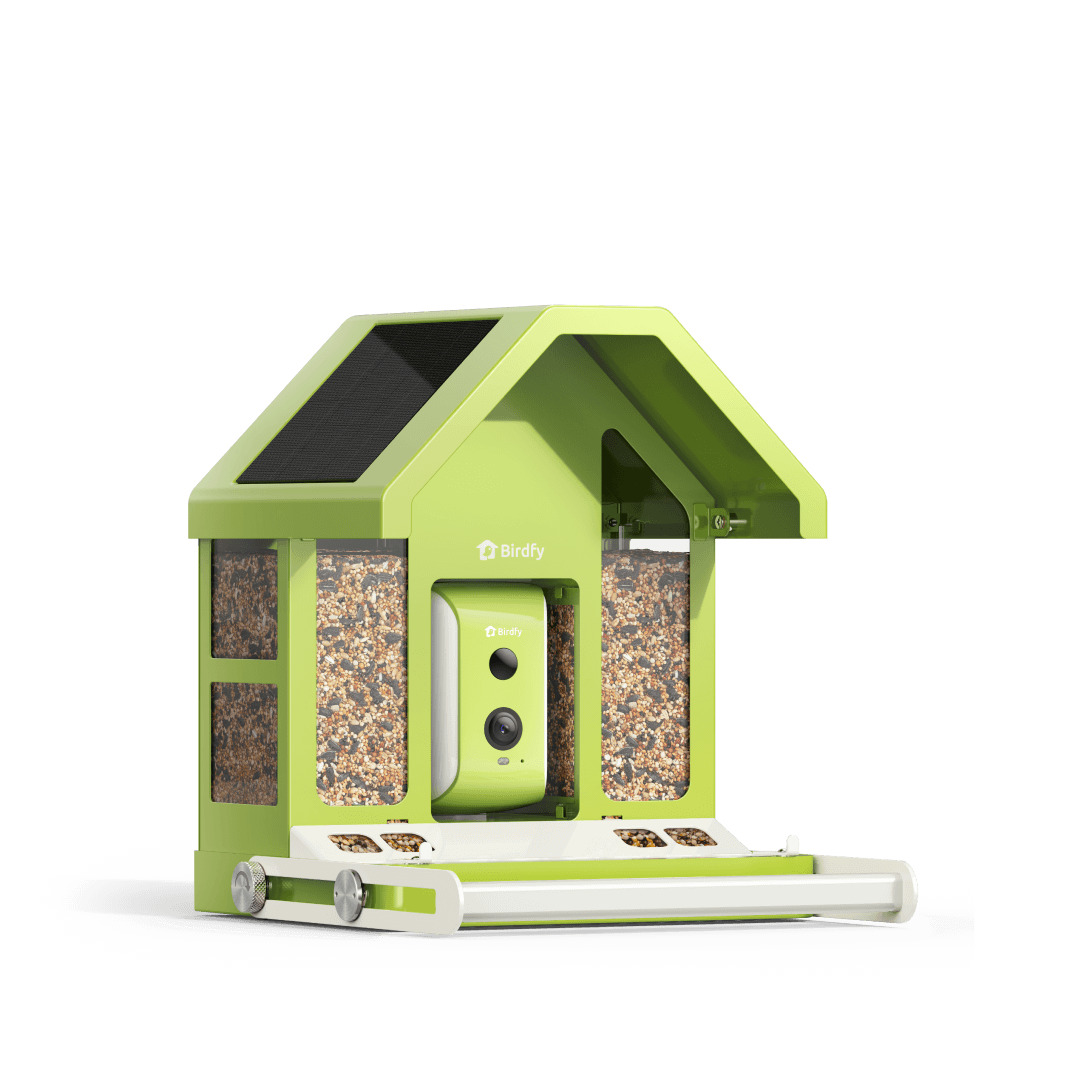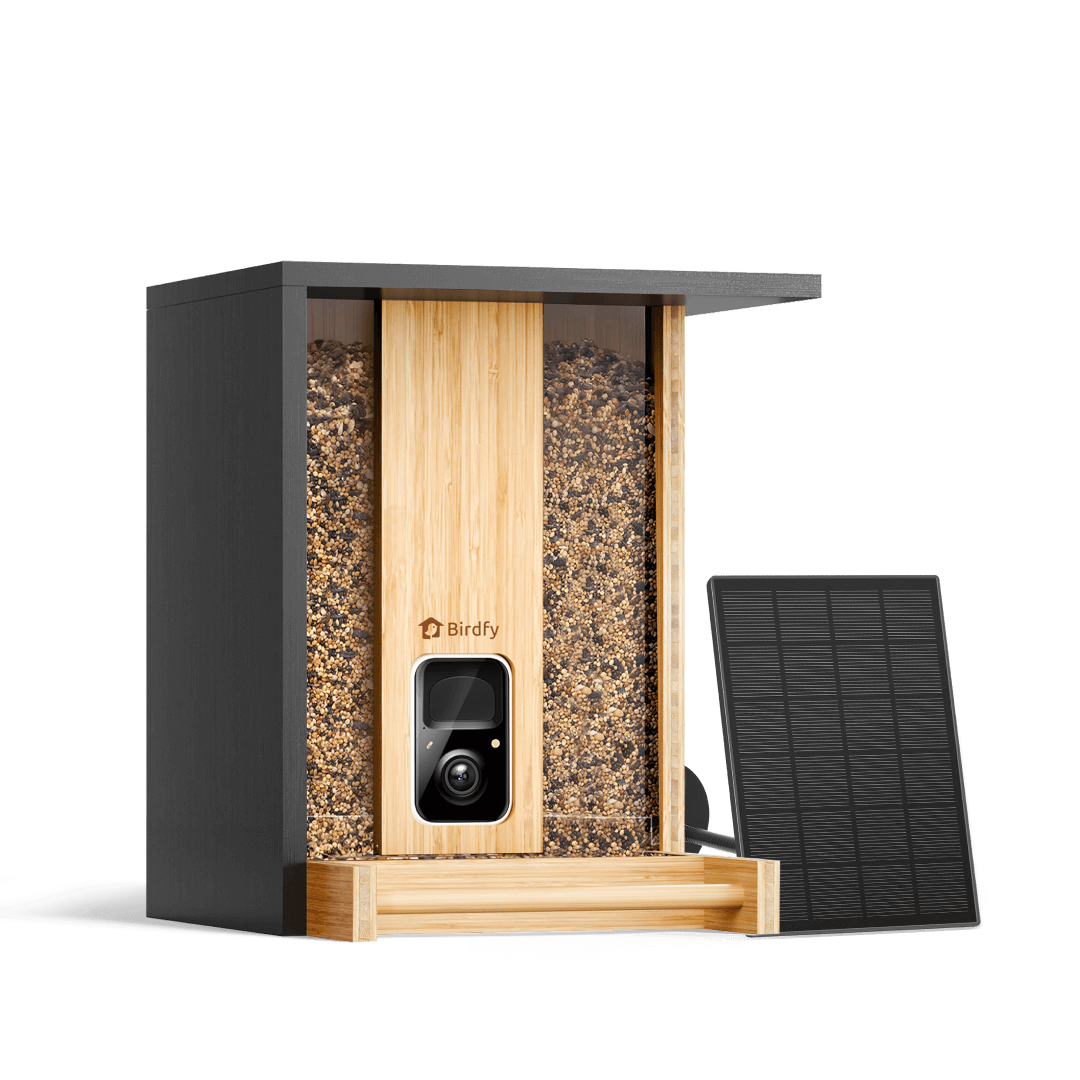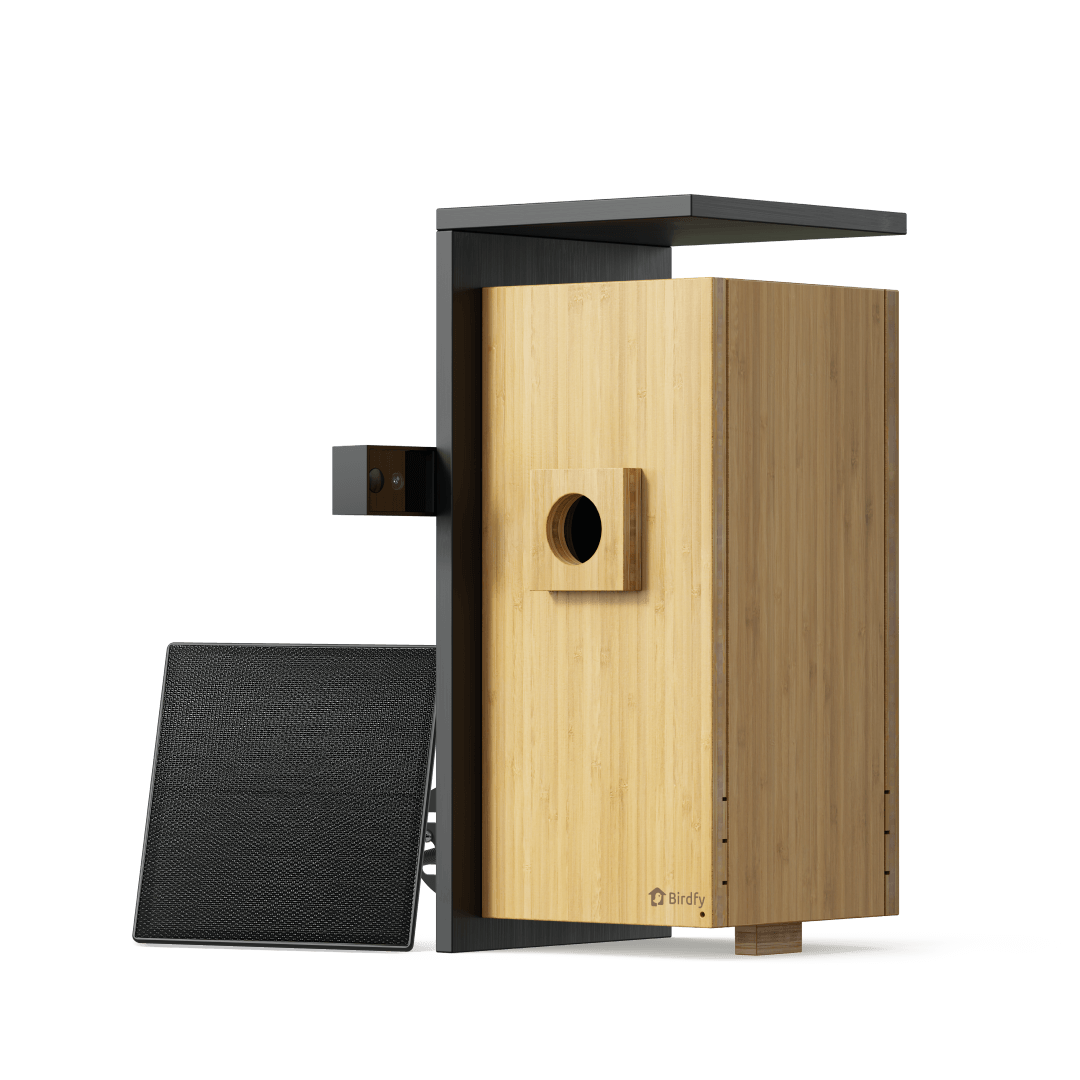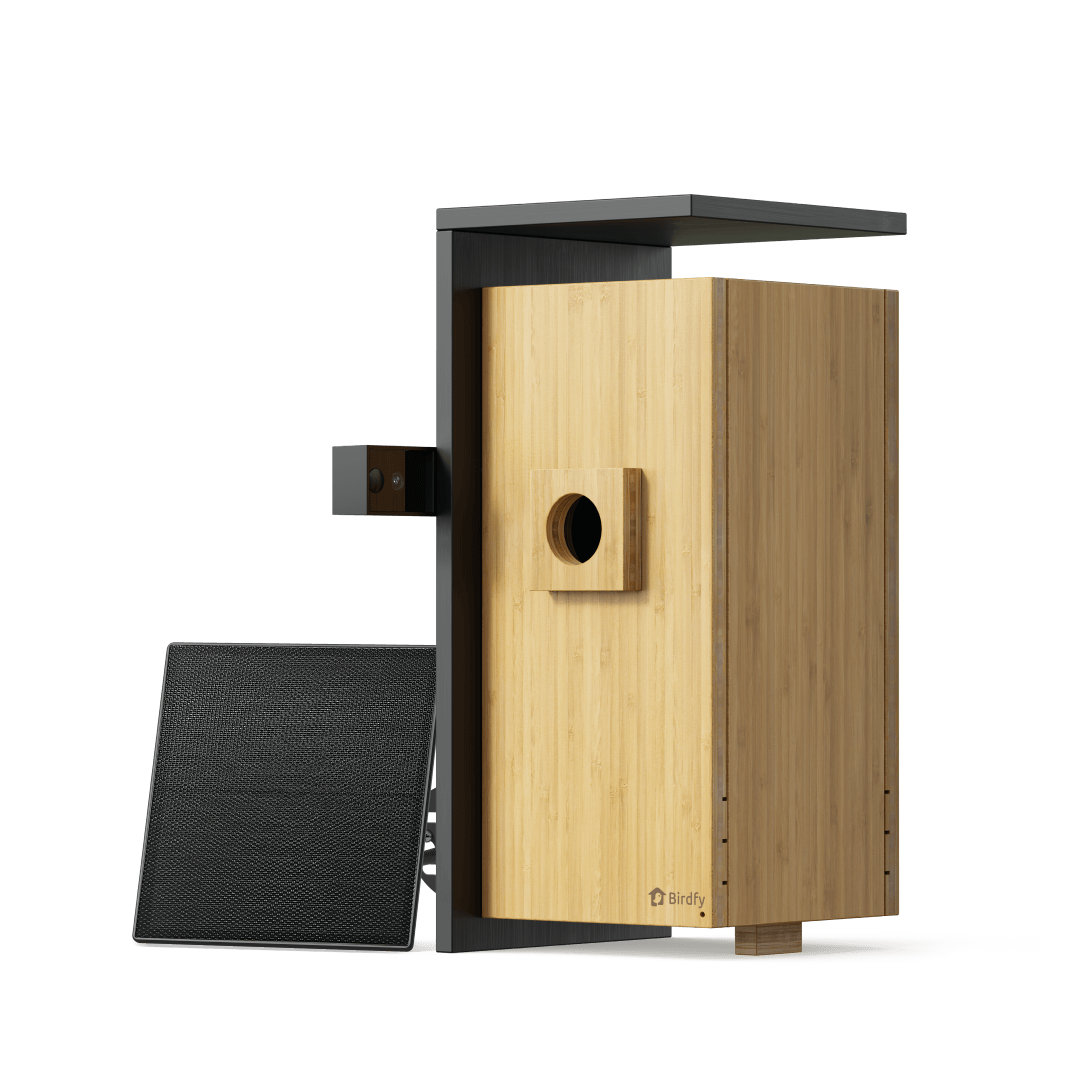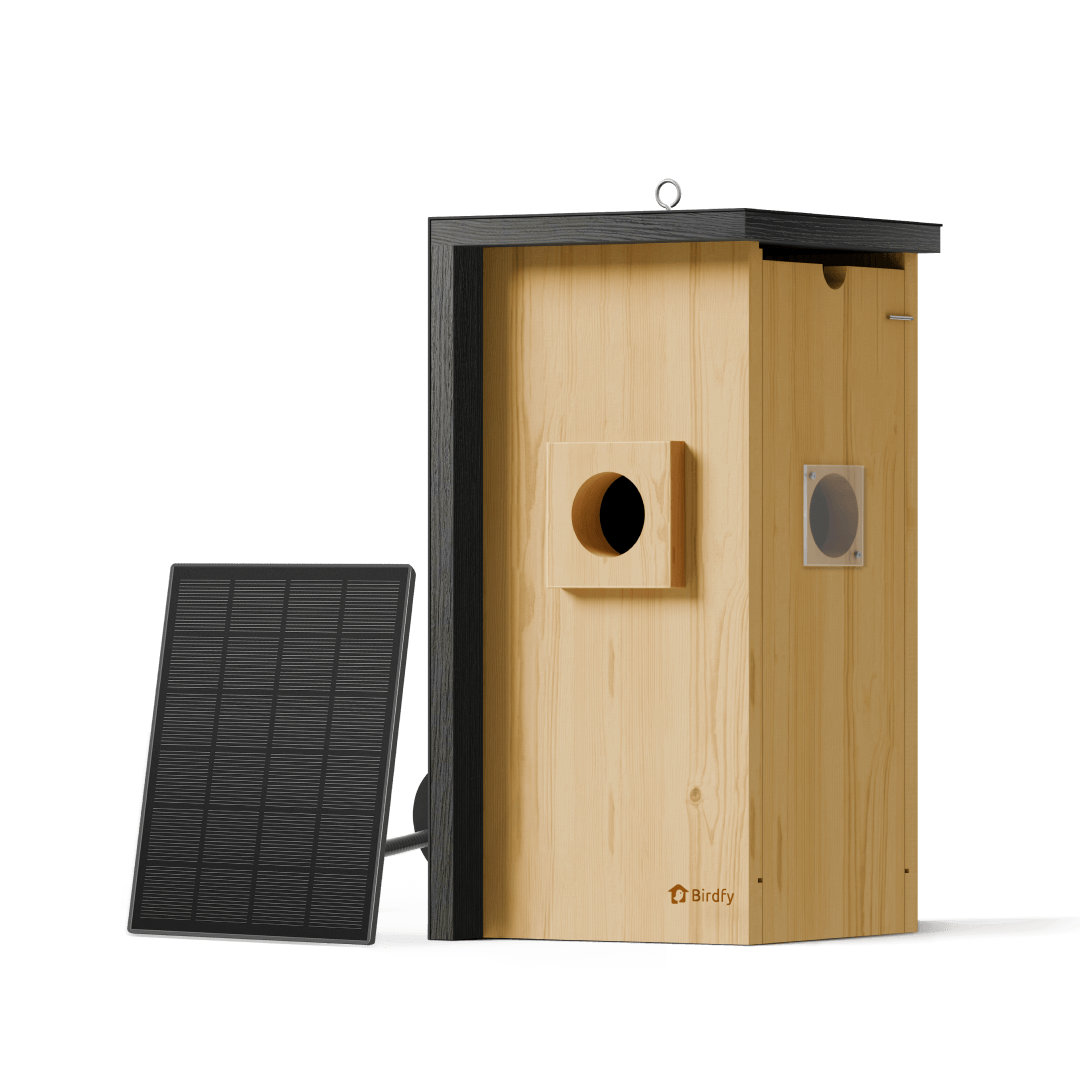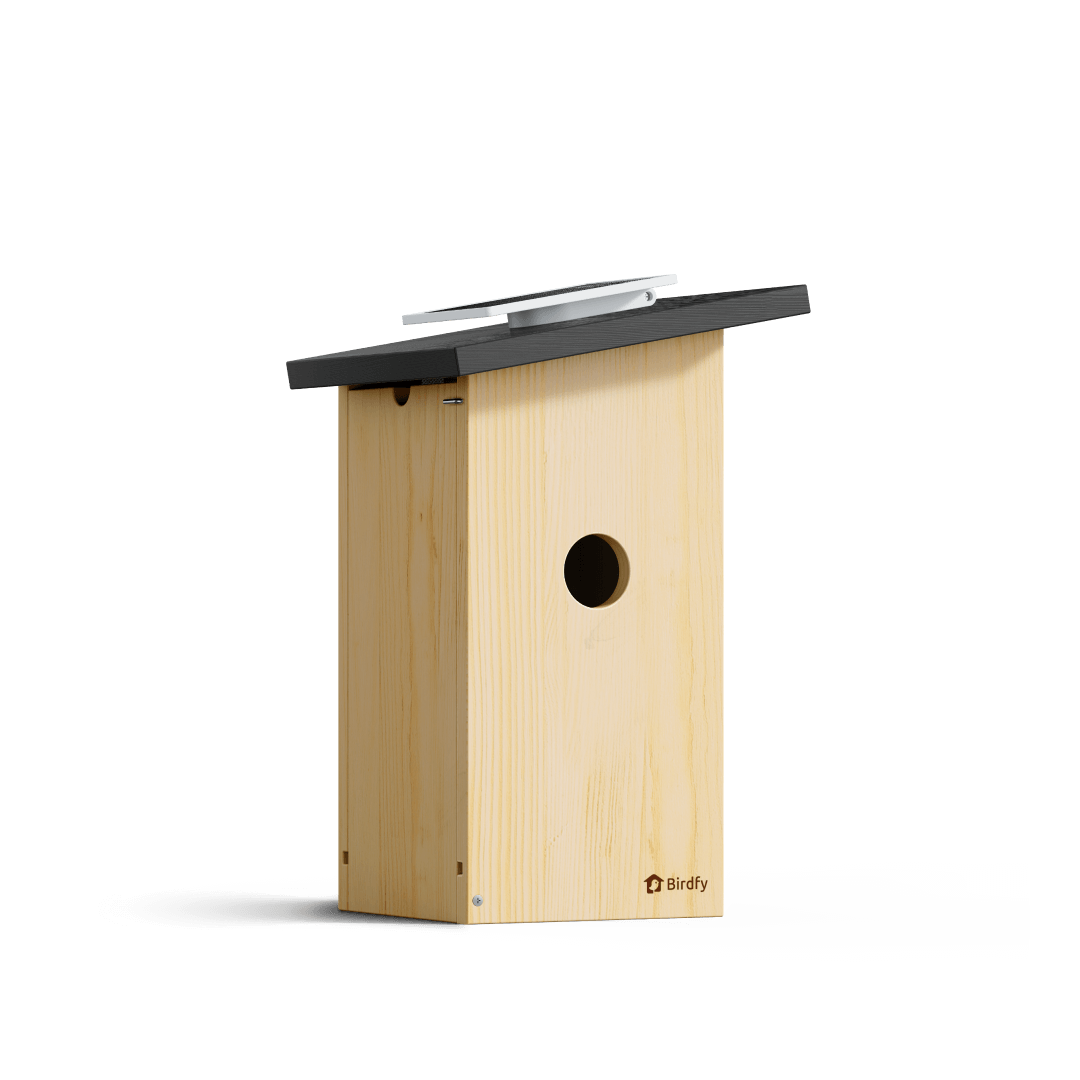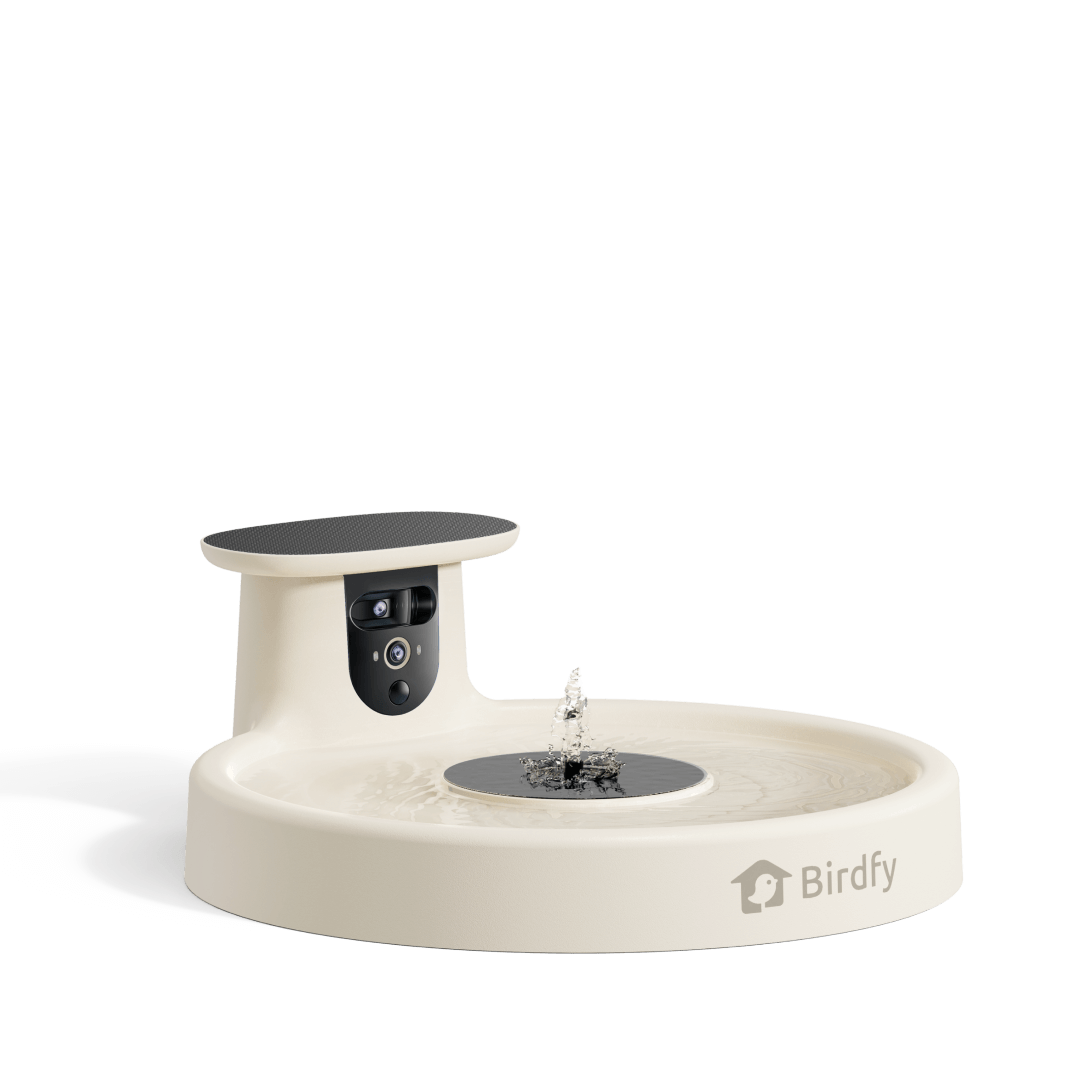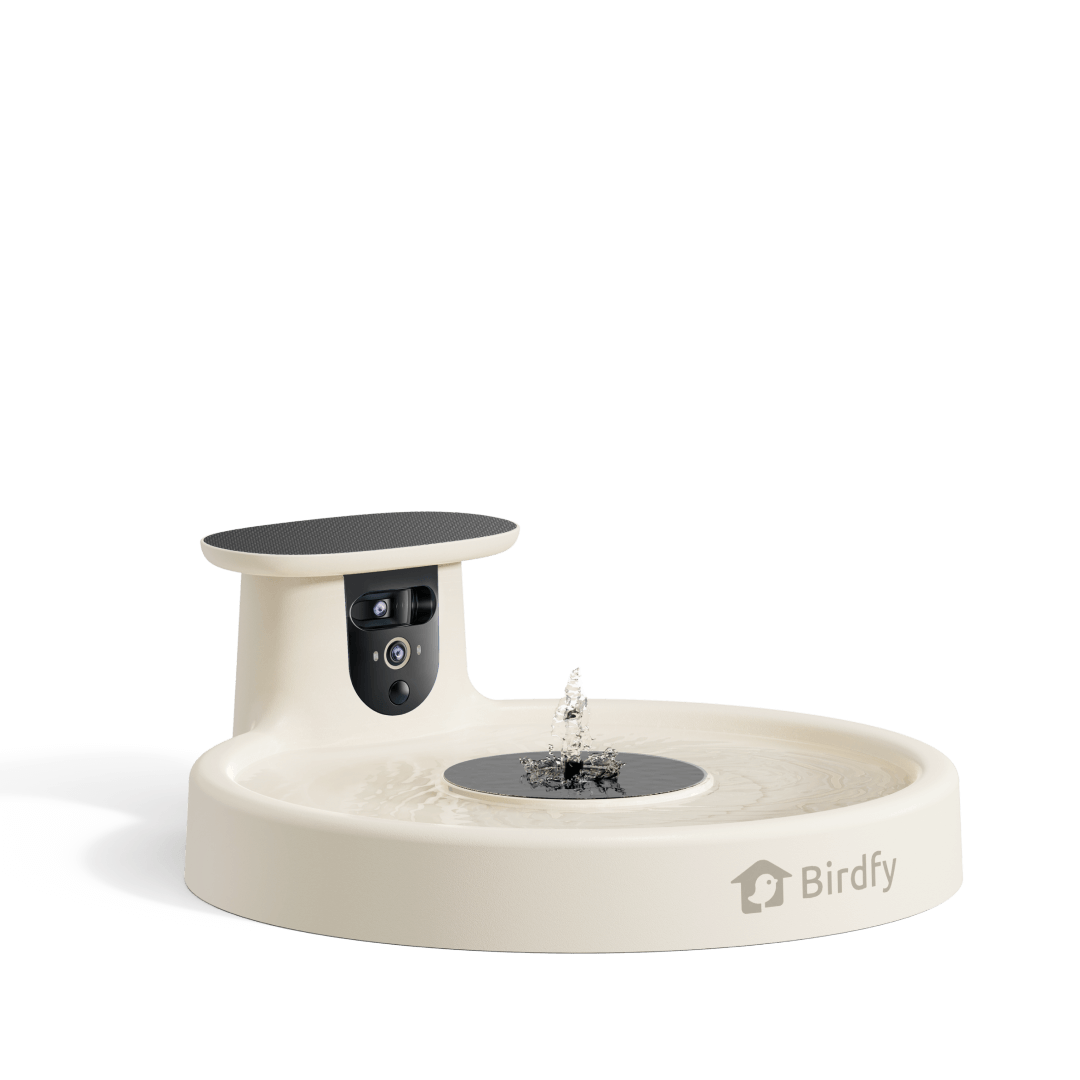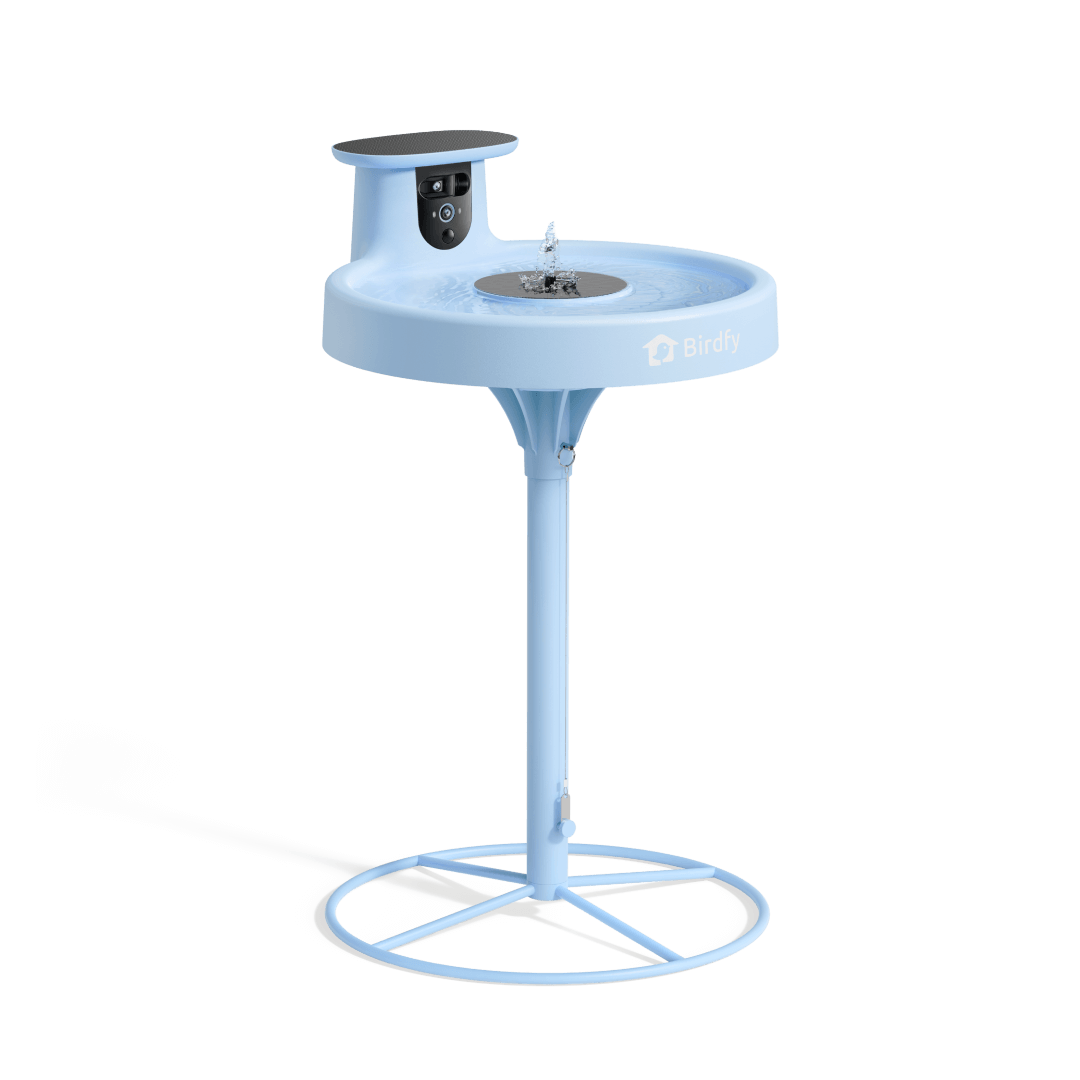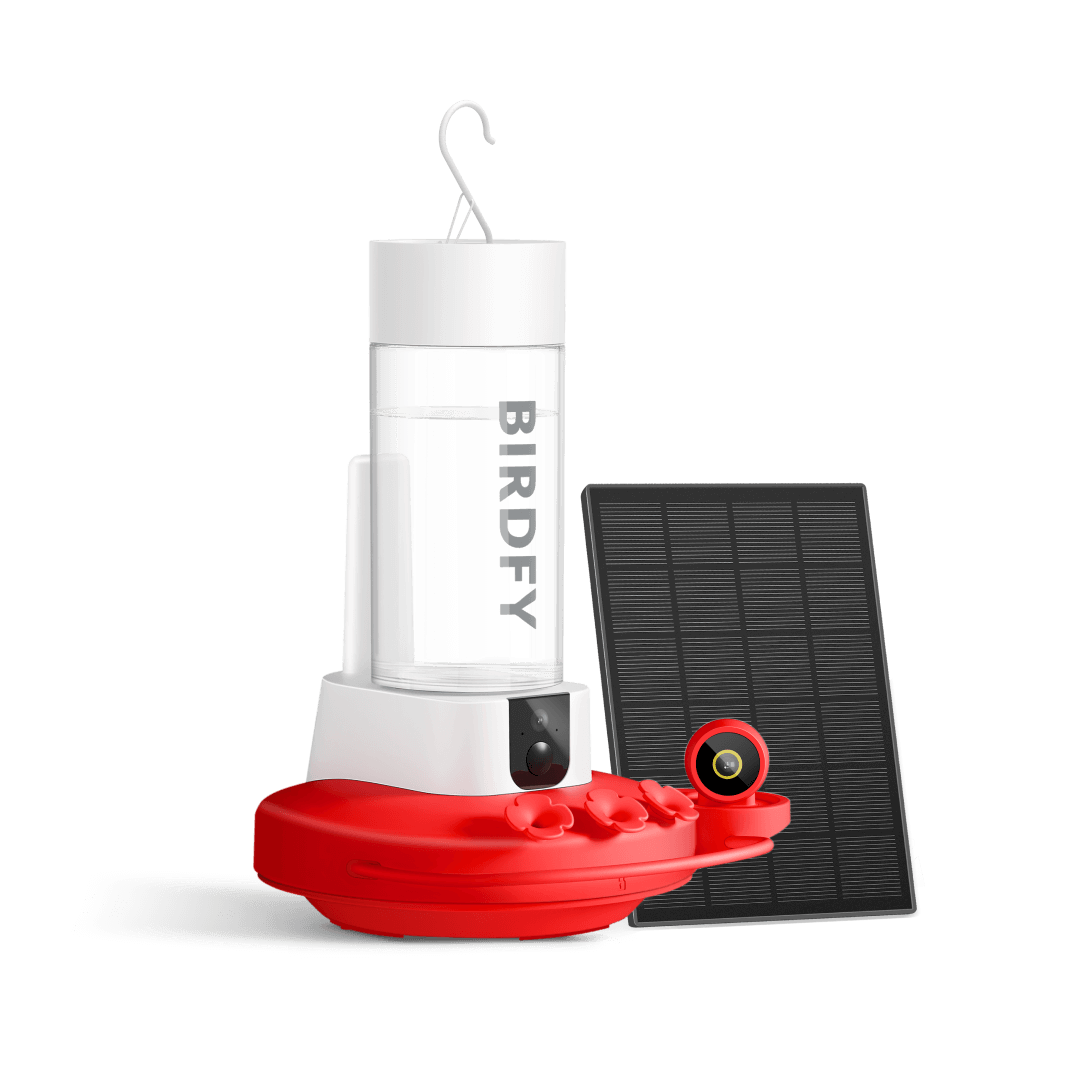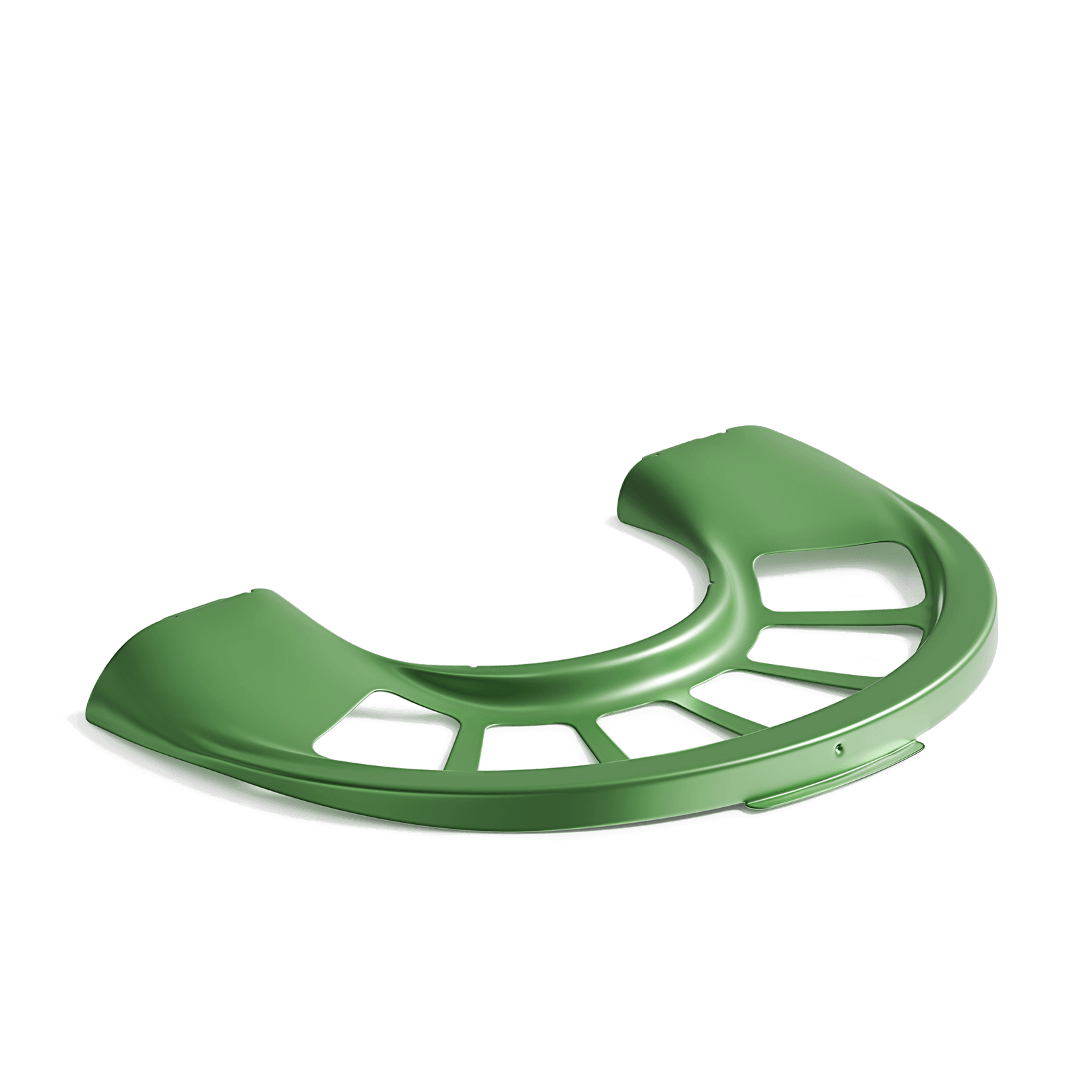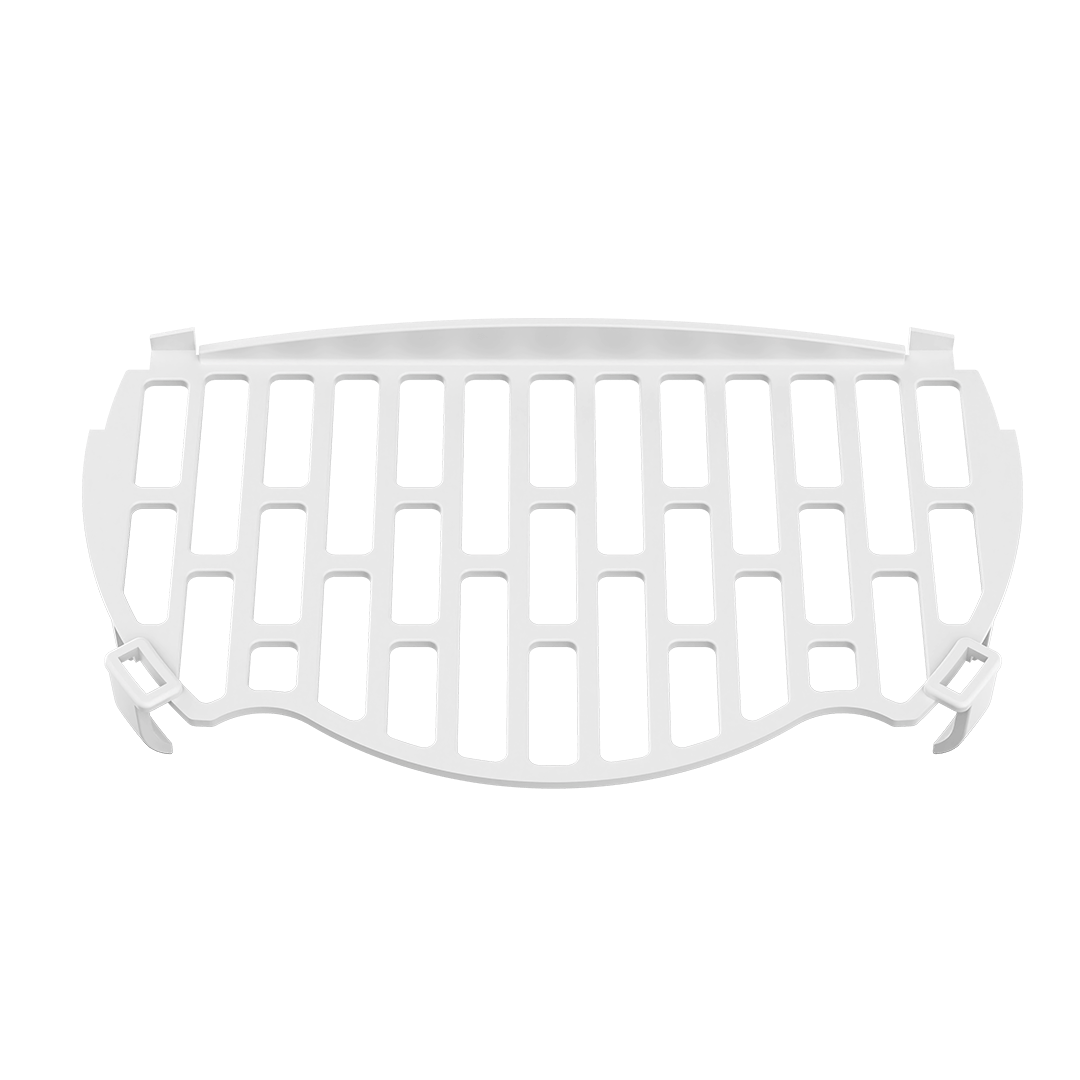Everything You Need to Know About the 3 Bluebirds of North America
Introduction
The North American bluebird is considered a state bird in Missouri and New York, and is considered a symbol of love in many Western countries. Their small heads were rounds, their big eyes shine with smart light, and their short mouths form a perfect ratio to their fluffy bodies. The males of North American bluebirds show bright blue feathers during breeding, especially on wires and open perches. Their calls are also very distinctive, including the soft 'jiew' or 'chiruwi' sound, and the melodious 'chiti wee wee wi doo'. North American bluebirds are mainly found from southern Canada to Nicaragua, especially in open forests, farmland, and orchards. There are three species of bluebirds in North America: Eastern Bluebird is distributed in the east of the Great Plains, Western Bluebird is distributed in the west of the prairie and Mountain Bluebirds are distributed in the western mountains higher than 5000 feet. This article helps readers to distinguish these three species and understand their habitat, appearance and conservation status.
Eastern Bluebird (Sialia sialis)

The eastern blue robin is a small songbird of the genus Blue Robin of the family Turduidae. It is 16-21 cm in length and has a beautiful voice. It is distributed in eastern North America, extending from Canada to Central America. It is a state bird of Missouri and New York. The main beetles, caterpillars, locusts and spiders eat earthworms and snails occasionally for food. The life span of wild eastern blue robin is 6-7 years old, and the life span of artificial breeding is about 10 years old.

The eastern bluestart is 16-21 cm in length, 25-33 cm in wingspan and 28-32 g in weight. The male of the eastern bluestart is gorgeous, the head, back, tail and wings are eye-catching blue, from the throat to the chest is bright orange, the abdomen is snow white, and the female is much darker than the male. The eastern bluestart is currently recognized as 8 subspecies, with little difference between them and overlapping distribution. Eastern blue robins prefer open habitats such as woods, orchards, pastures, fields, parks, gardens, golf courses, etc., and live in lush forests in autumn and winter because they can be provided with plenty of berries and other fruits. The food of eastern bluestart is mainly insects and small invertebrates, such as: beetles, caterpillars, locusts, spiders, earthworms, snails, rats, salamanders, lizards, snakes and frogs. Autumn and winter, more dependent on small fruits and berries. It is a gregarious bird. In the breeding season, males will have a strong territoriality and protect their nests. When winter comes, some bird flocks will move southward. The main natural enemies are snakes, bears, raccoons, raptors, chipmunks, squirrels and domestic cats.

The breeding season of eastern bluestart is from February to September, and April is the peak period. Females lay 2-7 eggs per nest, which are light blue and hatched by females. The incubation period is 13-16 days, and the chicks can leave the nest at 17-21 days of age. The life span of wild eastern blue robin is 6-7 years old, and the life span of artificial breeding is about 10 years old.
Western Bluebird (Sialia mexicana)
The western bluestart is distributed in California, southern Rocky Mountains, Arizona and New Mexico, south to Oaxaca and Veracruz. The summer breeding area extends northward to the Pacific Northwest, British Columbia and Montana. Northern populations migrate to breeding areas in the south, while southern populations are usually resident birds.

Compared with the rough and brutal western jungle crow, the western blue robin looks much better: not only small in size and pleasant in voice, but also round and rolling in shape. When you look at it, you can 't help but think of rua. The blue robin is quite clean in terms of predation. If you see a western blue robin resting on a branch, it's probably not resting, but waiting for prey. When an insect flies over, the western bluestart will leap from the branch to the target like an arrow from the string, and capture the insect in the air. If the prey is too agile, it will also use the wings to fan the insect with a big mouth to stun it. This set of cloud water operation takes only a few seconds. After getting it, it will return to the branch and wait for the next unlucky egg passing by.

The western bluestart likes forest areas and areas that have recently been burned or cut down, but are less distributed in grasslands or agricultural areas than other bluebirds. Habitat destruction by logging and agriculture has not benefited western bluebirds as much as other’s species.
Mountain Bluebird (Sialia currucoides)
Mountain bluebird is one of the most colorful and beautiful birds in the world. It is blue from the face to the chest, forming a clear contrast with the white of the lower abdomen. The mountain bluebird is a medium-sized bird with a body weight of about one ounce and a body length of 15-20 cm ( 6-8 inches ). They have light belly and black eyes. The adult male has a thin beak. The front end of the thin beak is bright blue, while the back end of the beak is light blue. Adult females have pale blue wings, similar to gray chest, and gray head, neck and back. Mountain bluebirds are migratory birds that migrate from Mexico to the far north of Alaska to the west of the United States and Canada in winter. The northern robins migrate to parts of the south, while the southern robins usually stay in the local area and do not migrate. Some birds migrate to lower altitudes in winter.

It is distributed in Eurasia and northern Africa, including the whole Europe, Africa to the north of the Tropic of Cancer, the Arabian Peninsula and Asia to the north of the Himalayas-Hengduan Mountains-Minshan-Qinling-Huaihe. South-central Africa, including the southern part of the Arabian Peninsula and the entire continent south of the Sahara Desert (Tropic of Cancer. Mountain Bluebirds are distributed in the western mountains higher than 5000 feet. Inhabiting in the mountains and grasslands of North America, the nest is built in low shrubs, mainly feeding on worms and insects, and sometimes pecking on fruits. It migrates from Mexico to the northernmost part of Alaska in winter. In summer, they breed in the breeding grounds in the north, laying 3 ~ 5 eggs each time, and the incubation period is about two weeks. The chicks can fly for about three weeks and live for about 15 years.
Share




